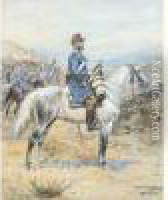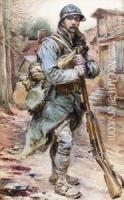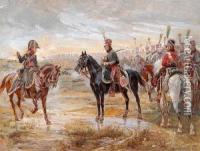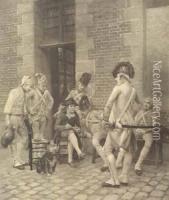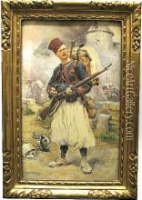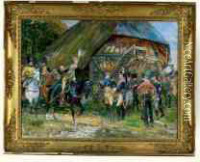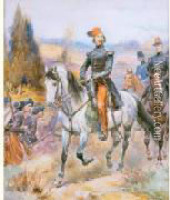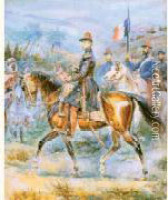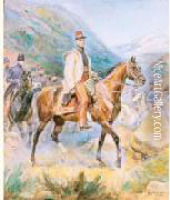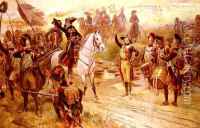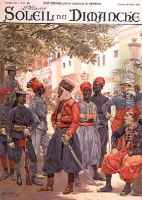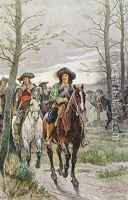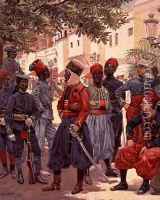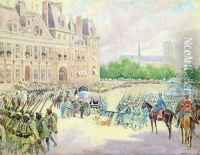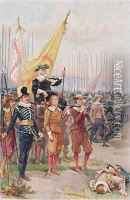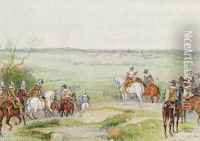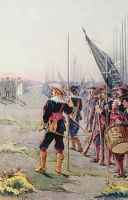Alphonse Lalauze Paintings
Alphonse Lalauze was a French etcher and illustrator born on March 8, 1838, in Rive-de-Gier, a small town in the Loire department. He developed an interest in art at a young age and pursued his education at the École des Beaux-Arts in Lyon before moving to Paris to continue his studies. Lalauze is particularly known for his skill in etching, a technique that involves using acid to cut into a metal plate to create an image.
During the late 19th century, Lalauze gained a reputation for his detailed and expressive etchings. His work often reflected the social and historical themes of the time, capturing the essence of daily life in France as well as scenes from literature and history. Lalauze was not only proficient in etching but also in other forms of printmaking, including lithography.
One notable aspect of Lalauze's career was his contribution to book illustration. He provided illustrations for many books, including works by famous authors such as Molière and Honoré de Balzac. His illustrations were characterized by their fine detail and the ability to convey the mood and setting of the narrative.
Lalauze's work was widely appreciated, and he exhibited regularly at the Paris Salon, the official art exhibition of the Académie des Beaux-Arts in Paris. His etchings were collected by art enthusiasts and sold in galleries across Europe.
Alphonse Lalauze passed away on May 19, 1906, in Paris. His legacy continues through his etchings and illustrations, which remain a testament to his technical skill and artistic vision. Today, his works can be found in various art museums and collections around the world, where they are studied and admired for their historical and artistic value.
